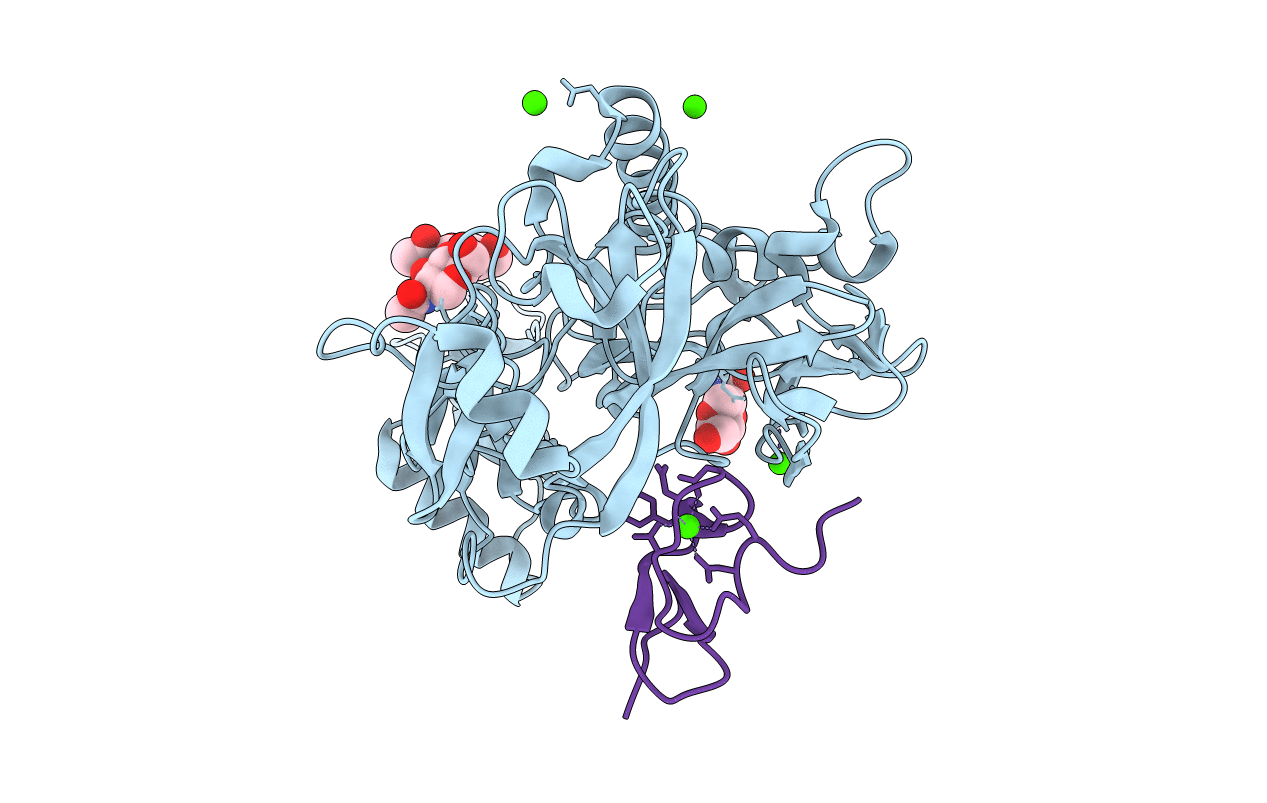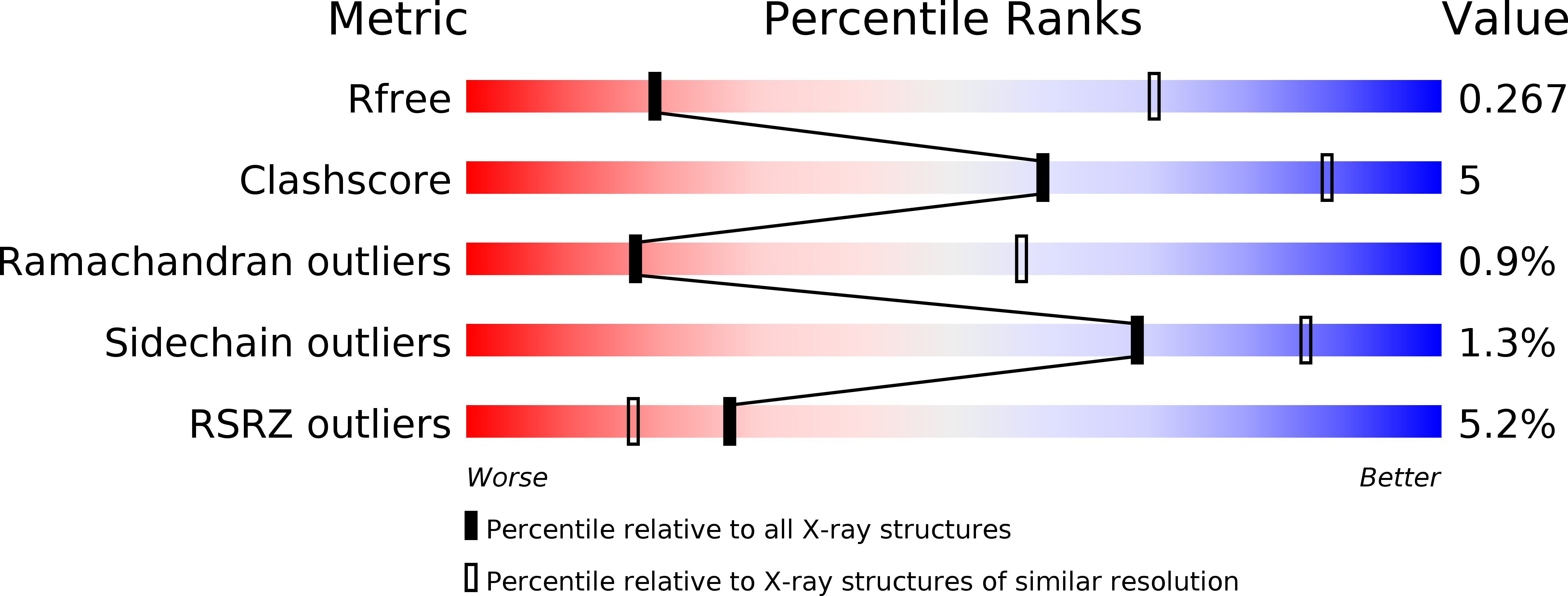
Deposition Date
2017-09-08
Release Date
2018-03-21
Last Version Date
2024-01-17
Entry Detail
Biological Source:
Source Organism:
Homo sapiens (Taxon ID: 9606)
Vesicular stomatitis Indiana virus (strain Mudd-Summers) (Taxon ID: 11279)
Vesicular stomatitis Indiana virus (strain Mudd-Summers) (Taxon ID: 11279)
Host Organism:
Method Details:
Experimental Method:
Resolution:
3.60 Å
R-Value Free:
0.26
R-Value Work:
0.23
R-Value Observed:
0.23
Space Group:
P 6 2 2


